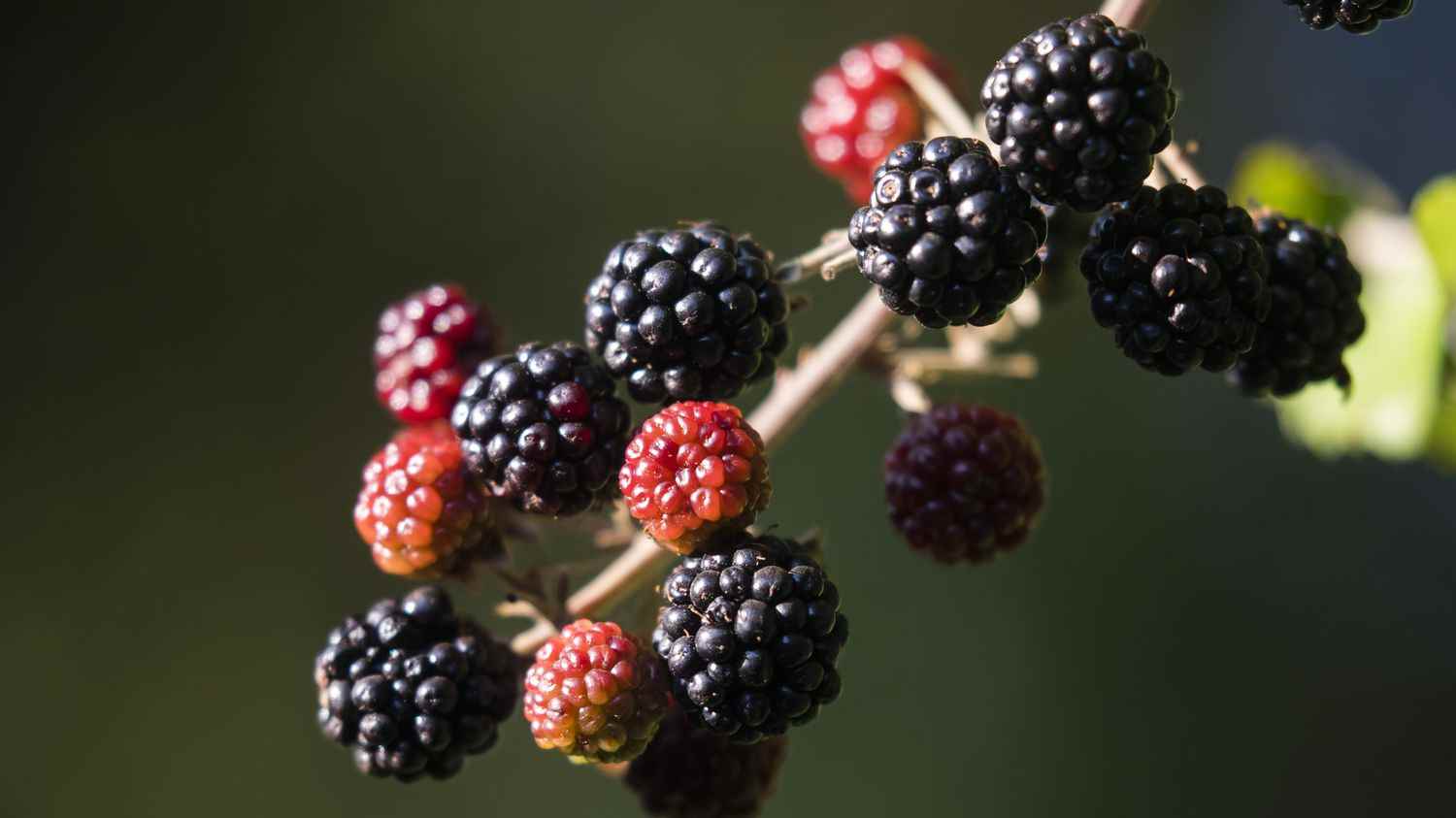More and more dangerous pesticides in fruits and vegetables in Europe: this is the observation drawn up on Tuesday, May 24 by the NGO Pesticide Action Network, associated with national NGOs including Future Generations. It publishes a study concerning 55 pesticides considered as “very worrying” and their presence in the European market.
These pesticides are identified by the European Union as particularly harmful and Member States are supposed to phase them out. franceinfo summarizes the three main lessons to be learned from this study, which contradicts the European Commission when it states, with another calculation method in support, that these pesticides have decreased in recent years.
An increase in use
For its study, Pesticide Action Network studied data from the European Pesticide Monitoring Program between 2011 and 2019. This same data is used to produce the annual reports of the European Food Safety Authority (EFSA). The NGO studied the residues found in fruit and vegetables produced in the EU between 2011 and 2019.
In total, 28 of the most dangerous pesticides were identified in fruits and 30 in vegetables. They are suspected of being carcinogenic, toxic for reproduction or endocrine disruptors. Their utilization rates have increased over time. Thus, we find pesticide residues in 21% of fruits and vegetables in 2019 against 14% in 2011. In detail, we find them in almost a third of fruits and 13% of vegetables. Up to six different pesticides have been found in the same product.
“Their presence in food has increased dramatically over the past ten years, to the detriment of consumer protection”regrets Pesticide Action Network. “The proportion of fruits and vegetables contaminated by these pesticides continues to increase”deplores Salomé Roynel, of PAN Europe, who denounces “scandal”.
The most exposed: blackberries and celery
If the NGO ensures that we find pesticide residues in 21% of fruits and vegetables, in detail there are big differences depending on the product. Thus, the most contaminated fruits are blackberries (51% of products are contaminated), peaches (45%), strawberries (38%), cherries (35%) and apricots (35%). For vegetables, the prize goes to celery (between 45 and 50%), kale (31%) and Brussels sprouts (26%).
It is especially striking to note the increase in the presence of these pesticide residues in the various fruits. Thus, kiwis have seen their contamination rate increase from 4 to 32%, an increase of 400% between 2011 and 2019; cherries went from 22% to 50%, an increase of 150%; for apples, the increase is from 16% to 34%, despite being the most produced fruit in Europe in recent years, according to Eurostat. The rate of contamination of peaches has risen from 30 to 46% and France is at the top of the ranking, with 58% of contaminated fruits, some with residues of four different pesticides.
For vegetables, the overall increase is less striking over time (from 11% to 13%) but pesticide residues have particularly increased in certain products, such as celery (from 30% to 46%), spinach (from 12 to 19%) for which France is in the lead with nearly 40% of the products tested contaminated, and lettuce (from 18 to 24%).
Belgium in the lead, ahead of Ireland and France
All products combined, it is mainly in Belgium that products are contaminated by pesticide residues, with 34% of the products concerned. Ireland is in second position (26%), ahead of France which closes the podium (22%).
In addition to the study by the NGO Pesticide Action Network, the Future Generations association analyzed the map of France to find out in which areas the 55 most dangerous substances were purchased and therefore potentially observable in the fruit and vegetables produced. The main concentrations are evidently found in areas of major crops, such as the Paris basin, the north and the center-west.
